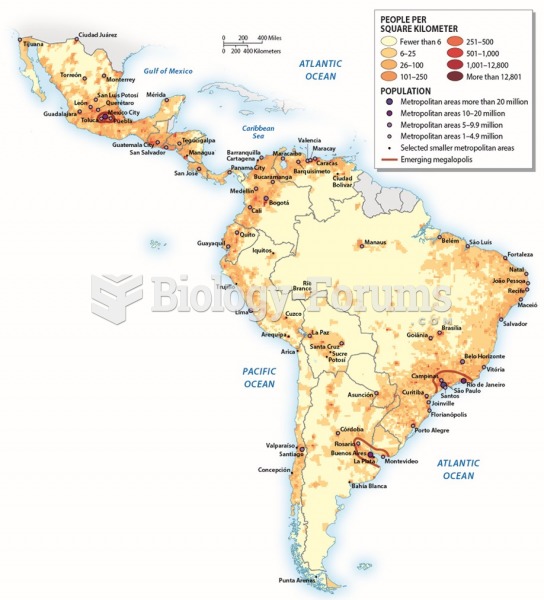Answer to Question 1
ANS: 4
A client with substance abuse has health and socioeconomic problems. These clients frequently may avoid health care for fear of judgmental attitudes by health care providers and concern over being turned in to criminal authorities. An abused client in a shelter has sought protection so cur-rently should be at less risk. Although considered to be a member of a vulnerable population, the older adult who takes medication for a chronic disease, such as hypertension, is taking measures to maintain health. A schizophrenic client in outpatient therapy is currently at less risk because he or she is receiving treatment.
Answer to Question 2
ANS: 3
With the goal of helping clients assume responsibility for their own health care, the community health nurse must assess a client's learning needs and readiness to learn within the context of the individual, the systems the individual interacts with, and the resources available for support. Asking the client about what foods he or she thinks should be eaten may help the nurse assess the client's level of knowledge regarding nutrition as well as the client's food preferences. It also enables the client to become a participant in his or her care. Telling the client what foods to buy does not encourage the client to assume responsibility for managing his or her health care. The nurse should first assess the resources available, and then encourage the client to do his or her own shopping. Providing information on food sources and stores with reasonable pricing may be appropriate after the nurse has determined what information the client requires to meet nutritional needs.







